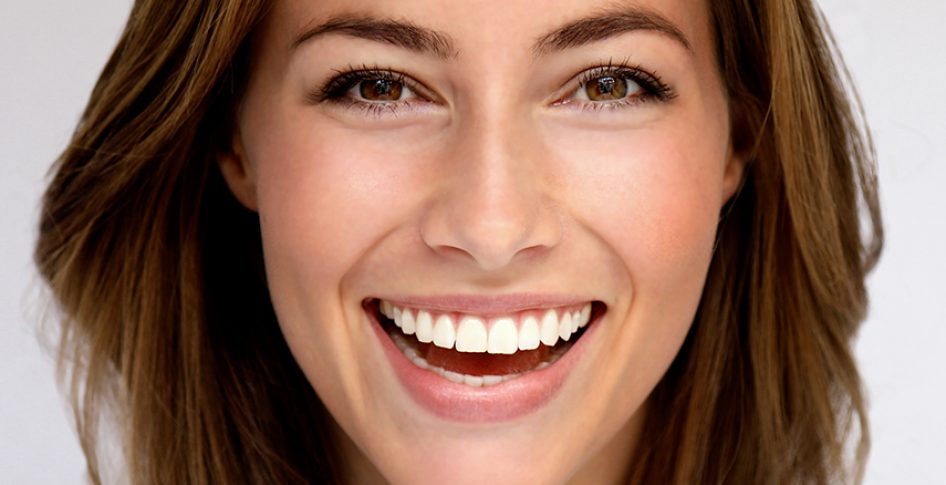Beyond Birth Control Pills For Acne In Women

Acne in adult women is extremely frustrating. No kidding. In my dermatology practice, I often see women who are on everything we can throw at them to help control their acne. They are in their late 20’s, 30’s, 40’s, 50’s, and still having cysts and breakouts especially on their jawline and lower face. Not fair.
Spironolactone For Treatment of Female Acne
Acne in adult women is extremely frustrating. No kidding. In my dermatology practice, I often see women who are on everything we can throw at them to help control their acne. They are in their late 20’s, 30’s, 40’s, 50’s, and still having cysts and breakouts especially on their jawline and lower face. Not fair. As we discussed previously, acne in women has a very prominent hormonal component. So sometimes even when we improve the plugged pores with topical prescription retinoids and decrease the bacteria that result in inflammatory pustules and cysts with topical and oral antibiotics, the acne improves but is not controlled. Because the hormones are not controlled. Sometimes the addition of estrogen and an appropriate progestin in the form of birth control pills as we discussed previously either helps or controls the acne. Sometimes not.
When it doesn’t, we look for other options. One is isotretinoin, which was known as brand name Accutane and is now the branded generics Amnesteem, Claravis, Sortret. The other is spironolactone.
This is a good time for my lawyer to pop up and remind you:
Electronic message exchanges to, from, or with Dr. Cook do not constitute medical advice, an evaluation, or consultation and must not be considered a replacement or substitute for a formal evaluation in the office. Information and correspondence in this blog does not form and will not result in a doctor-patient relationship. If you desire an evaluation or consultation, contact our office for an appointment. Your physician must approve recommended changes to your present treatment plan or therapy. Explanation and/or discussion of off-label services and/or products, if mentioned, do not reflect endorsement or promotion by Dr. Cook and must not be construed as such.
It is important that you discuss your treatment options with your doctor and not rely on information on this blog to make a decision regarding your medical treatment. I am not your doctor, unless I really am your doctor.
What is Spironolactone?
Spironolactone is a diuretic with a long track record in the treatment of hypertension. During this time, while investigating some of the side effects doctors discovered that it is also an anti-androgen that reduces the effects of male hormones. It had some unintended consequences for men who took it to lower blood pressure, such as breast growth. However, some of the women noticed their acne improved and they had less unwanted hair growth in areas that are controlled my male hormones such as moustache, beard, chest and abdomen.
It works as an anti-androgen by competing with testosterone and dihydrotestosterone (DHT) for androgen receptors in the skin. When testosterone and DHT can’t bind to the skin, they can’t cause their male hormone related effects. Spironolactone also increases the level of SHBG (sex hormone-binding globulin), which functions as an androgen transport protein. An increased level of SHBG binds more free testosterone in the blood, tying it up so it isn’t active. All this results in a reduced incidence of acne, male hormone dependent hair growth and oily skin.
Side Effects of Spironolactone
All this sounds great for women. Lowered male hormone effects don’t sound so great to men. Spironolactone has not formally been approved by the US Food and Drug Administration for acne, but it can be used successfully by dermatologists to treat hormone related acne in women, under certain conditions and with consideration of the side effects. Like all medications, there are risks and side effects and only certain patients are good candidates. There is a FDA “black box” warning stating that there is a tumor risk based on the findings in chronic toxicity studies in rats. It is not used for acne in men, for obvious reasons.
Some of the more common side effects include menstrual irregularities and bleeding, decreased libido, breast tenderness, low blood pressure, increased blood potassium, lethargy, headache, and dizziness. This is not an inclusive list of side effects.
Spironolactone is teratogenic (causes birth defects), because the inhibition of male hormone effect can cause feminization and defects in the urinary system of a male fetus. Therefore, it cannot be used in women who are or may become pregnant. Most dermatologists only use it in women who are either post tubal ligation, post hysterectomy or who are conscientiously taking birth control pills or using Nuva ring. Those are my criteria, I don’t consider diaphragms and condoms, not to mention natural family planning to be effective enough. Patients who are post tubal ligation and not on birth control pills often have such significant irregular menstrual bleeding that spironolactone is not a good option for them.
How Well Does Spironolactone Work For Acne in Women?
The combination of birth control pills and spironolactone seems to be the safest and most effective approach, when spironolactone is used. Dosage is usually started on the low end, and increased as needed and if tolerated. Low dose spironolactone at 50 to 100 mg daily has shown a 33% reduction in acne. Higher doses of up to 200 mg daily combined with birth control pills containing drospirenone (the progestin in Yaz and some other birth control pills) has demonstrated up to an 85% reduction in acne. Under the right circumstances, in the right patient, it can help control acne and reduce oily skin.
If it is a treatment that you want to consider, discuss it with your doctor to see if it might be right for you.